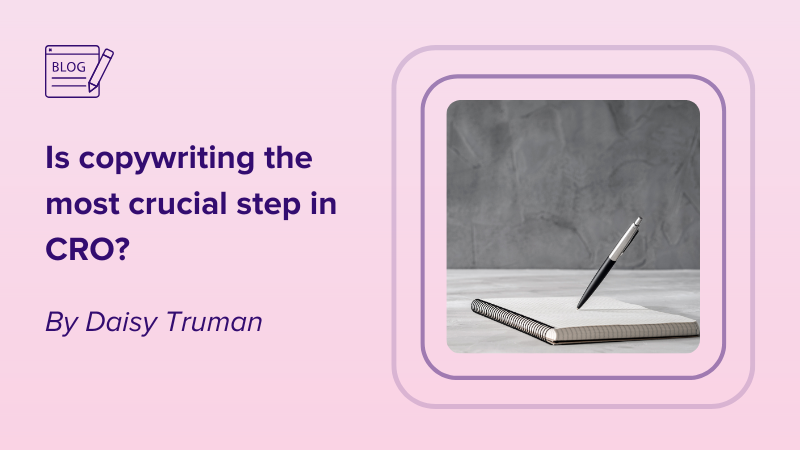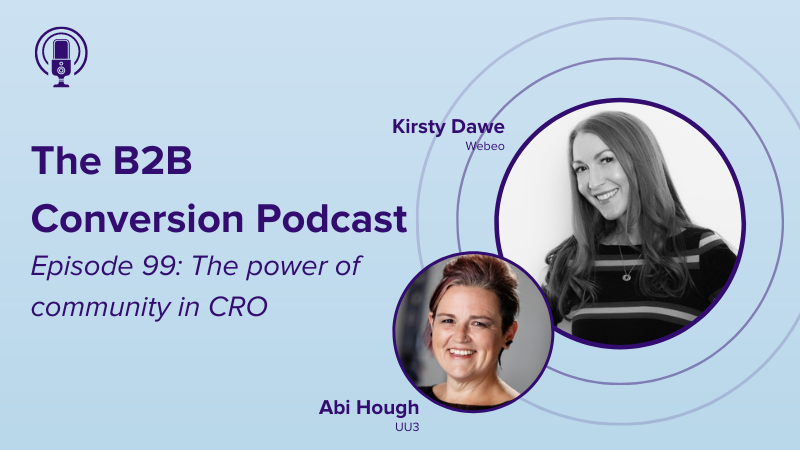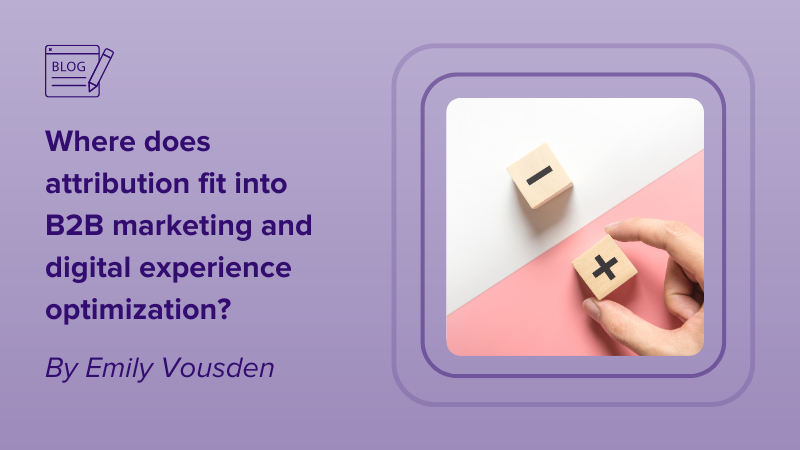In B2B there’s no moving away from the fact that personalization is now a marketing hygiene factor. In 2023 it’s not just about recognition and relevancy. It’s about being helpful and meeting the expectations of each and every customer (existing and future) with tailored experiences. Customers expect businesses to present information that meets their needs and this applies to ALL channels online and offline. We’re already personalizing our marketing in so many ways from email campaigns and targeted PPC ads to ABM. We understand the value of personalization. It works! But, where does the business website fit into this hyper-relevant customer journey? More often the answer is it doesn’t follow suit – it’s a one-size-fits-all all shop meaning your personalization efforts are lost on your most important channel…
Your website sits at the core of your marketing & sales strategy. Its the one part of the buyers journey prospects return to again and again. Think about all your other channels – email, social, paid, organic SEO. They’re all driving prospects and customers to your website, so it needs to be as good as it can be otherwise it’s a huge opportunity lost.
71% of B2B buyers state the website is the most influential touchpoint when making a buying decision
Forbes
Things to keep in mind when starting your B2B website personalization journey:
- Personalization is a widely used term but can mean different things to different people, especially when used on your website – align the team on what it means to your organization at the planning stage.
- Your personalization goals should align with your business goals. Typically B2B website personalization goals relate to conversions and can be both micro (newsletter sign-ups, video plays etc) and macro (request a demo, free-trial sign ups etc).
- Personalization shouldn’t sit in silo -it falls under the umbrella of CRO (Conversion Rate Optimization) and experimentation. You can test and run control groups to measure the impact of your personalization.
- It’s not about bringing in more traffic to your site to increase conversions – the purpose of B2B website personalization is to maximize conversions from existing ‘good fit’ traffic.
B2B Website personalization and CRO go hand in hand to improve your marketing ROI by converting more of the right kind of customers.
There are also other huge benefits such as:
- Helping you to better understand your customers – who are your web visitors and why they convert
- Improved customer experiences
- More highly qualified leads with your ICP’s
- Stronger brand affinity
- Increased customer retention
Highly relevant experiences for buyers the minute they land on site creates a greater customer experience and makes them feel valuable. Essentially you want to make it as easy as possible for your buyers to buy from you and by doing so personalization genuinely contributes to your business objectives.
In 2022, Webeo customers on average increased their conversion rate by 143%. Conversion rates are intrinsically tied to company goals such as reducing customer acquisition costs (CAC) and increasing revenue. Think about the impact of doubling your conversion rate, by doing so you’ll half your CAC meaning more profit on your bottom line.
2023 is the year of doing more with less. CRO should be at the forefront of your marketing strategy – Converting more of your existing traffic and remaining competitive by keeping your buyers on your site for longer, more engaged, and converting more quickly.
If this has resonated with you and you’d like to find out more, do get in touch. We’ll show you how easy it is to start experimenting with personalization and the results you will achieve.




